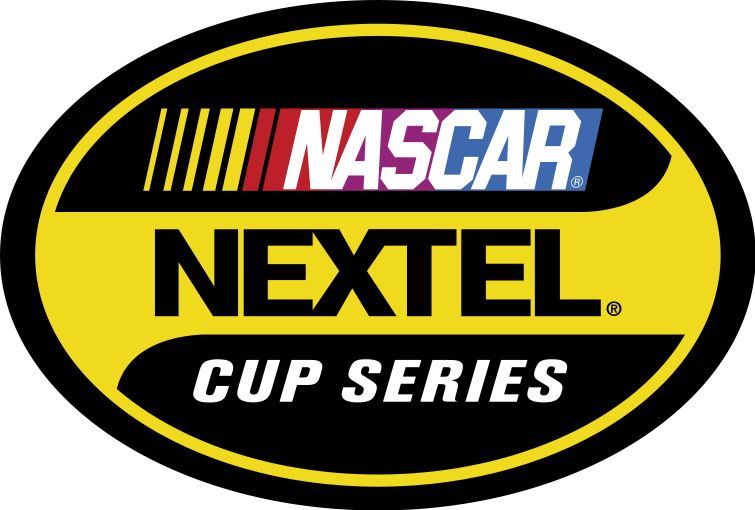We know that not everyone is enamored of NASCAR. But even those whose interest in NASCAR racing are likely to appreciate the admission by NASCAR during the Bristol Busch race that it had blown a penalty call that probably affected the outcome of the race.
Here’s what happened.
During the race, in a caution period, NASCAR penalized Busch for crossing the “commitment line” between the track and pit road and then not pitting. Had Busch done that, it would have been a violation of the rules. The penalty moved Busch back from 2nd to 28th place. Eventually, he finished fourth.
But Busch did not, in fact, cross the commitment line.
NASCAR figured that out while the race was still running.
NASCAR offered, however, only lame excuses for their mistake and for failing to do something to rectify it.
The initial erroneous call was made by the pit road official, according to Robin Pemberton, NASCAR’s vice-president of competition. When Busch’s Hendrick Racing team protested, NASCAR tried to review that call by watching a video feed. For some unexplained reason, their “feed” had failed. They didn’t have another video instantly available, so restarted the race based on the official’s penalty call.
But within minutes of the restart, NASCAR had located another feed and reviewed it. The video plainly showed that Busch had not violated the rule and that the official was wrong.
NASCAR, however, offered no real apology. “We're human and we're no different from most other sports. Football has end zone calls, sideline calls, and baseball has balls and strikes. Pick any sport. Just because they've got a strike zone superimposed on a camera, you can't regulate your balls and strikes like that. It's still an umpire or referee making split-second calls,'' said Pemberton.
Rick Hendrick was less than pleased, and called for increased use of video by NASCAR. Others argued that NASCAR should have continued the caution until they had located a video and reviewed it.
Pemberton is certainly correct that human error is inevitable in any sport. But getting it right is also critical in sports, and none more so than in NASCAR racing. There was, in fact, no good reason for restarting the race without having located and reviewed a video.
NASCAR didn’t used to be in such a hurry.
In 1959, at the running of the very first Daytona 500, Lee Petty and Johnny Beauchamp crossed the finish line side-by-side, so close that it wasn’t clear who won. Initially, NASCAR gave the win to Beauchamp. But it collected photographs of the finish from fans and newspaper photographers and, three days later, it reversed its initial decision and declared Petty the winner.
On Saturday, NASCAR was far less diligent.

